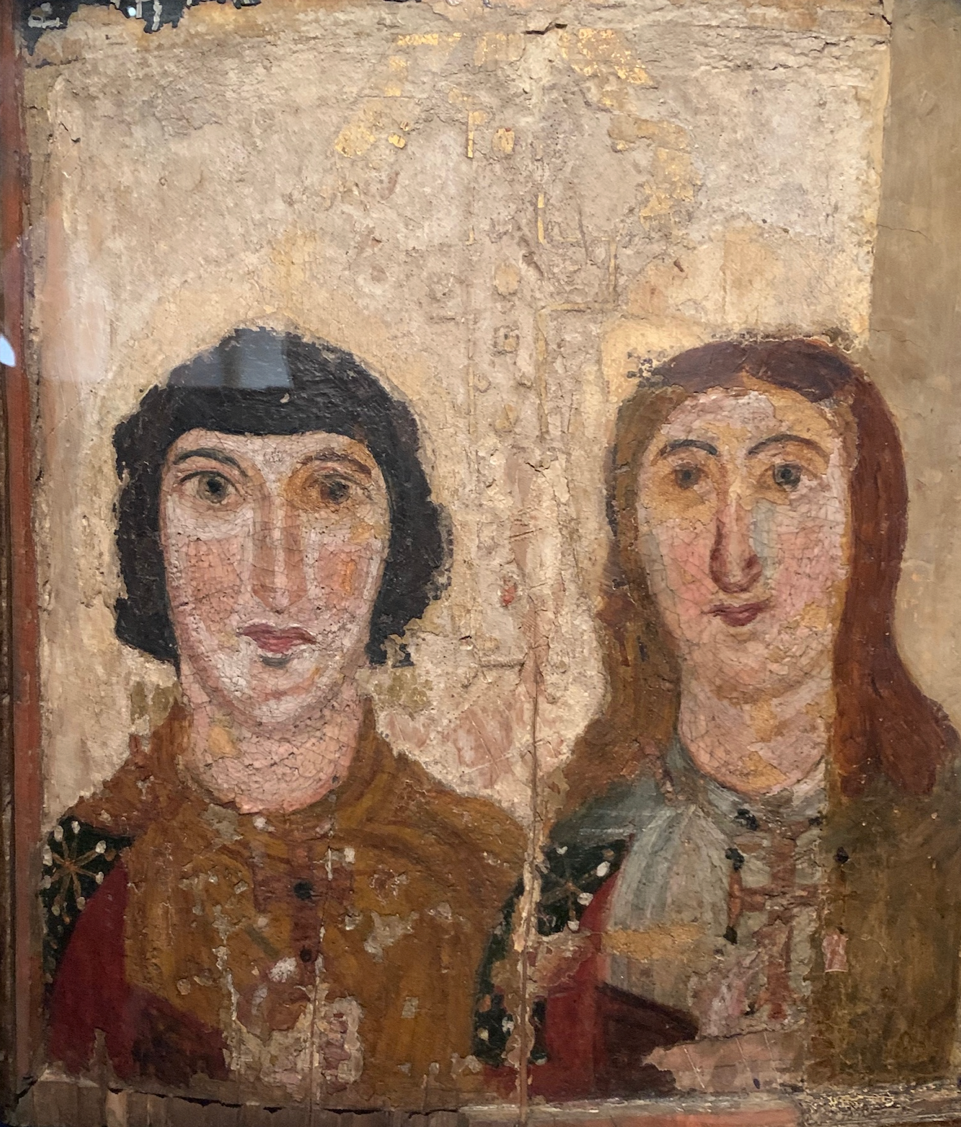

Ukrainian icons
My Louvre by Antoine Compagnon

Ukrainian icons
The Louvre will soon inaugurate a ninth department, devoted to Byzantine and Eastern Christian Art. Five works from the Khanenko National Museum of Arts in Kyiv, protected for the moment in Paris, gave us a foretaste in 2023 of this future department near the Islamic Art collection (Denon, room 173). Four icons are from the fortified Monastery of Saint Catherine, which was built at the foot of Mount Sinai in the sixth-century, and later became a high place of monasticism and a way station of pilgrimages to the holy land, since God appeared to Moses in a burning bush there and dictated the Ten Commandments at its summit. Far removed from the Eastern Roman Empire, these icons escaped destruction during the iconoclasm of the eighth and ninth centuries. They are therefore the most ancient icons that have come down to us. One of them, from the seventh century, depicts Saint Plato and Saint Glyceria, two martyrs. A goldwork cross appears between them. These precious Sinai icons somewhat randomly found their way to Kyiv in the mid-nineteenth century, where they survived the vicissitudes of history, revolutions, invasions, and bombings. Their museum curators nevertheless deemed it wise to entrust them to the Louvre until the end of the Russia-Ukraine War. And so I was introduced to Saint Plato and Saint Glyceria, about whom I knew nothing. The exhibition has closed, but don’t miss the Louvre’s little room of icons (later ones, Greek and Russian), tucked away in a nook of the Spanish painting collection (Denon, room 734).